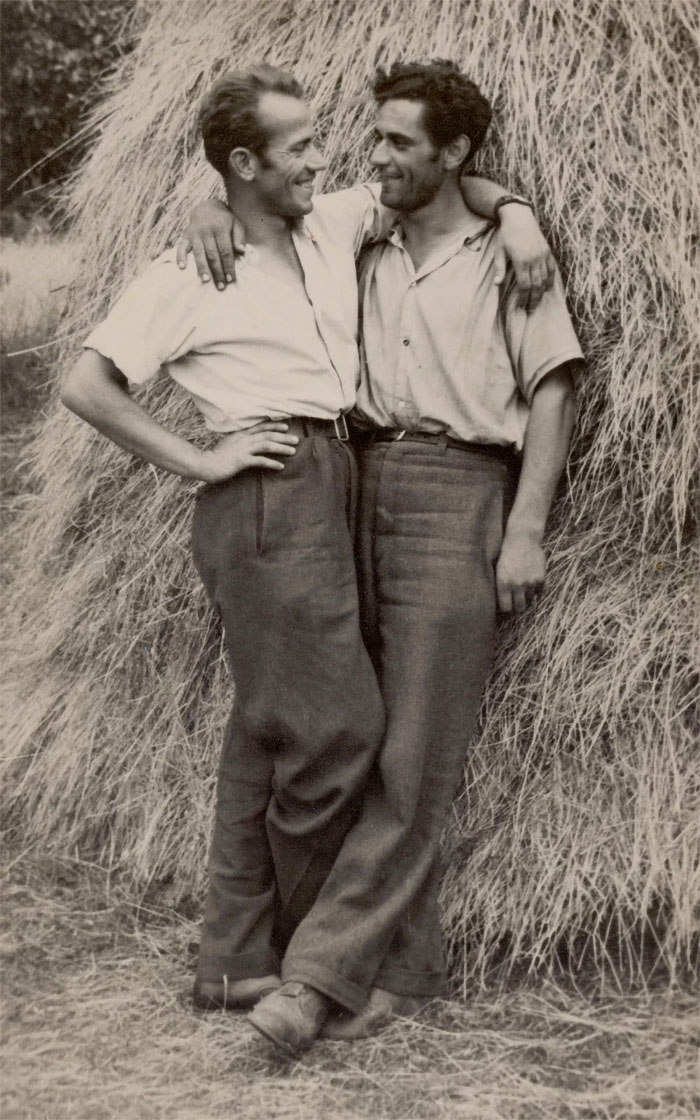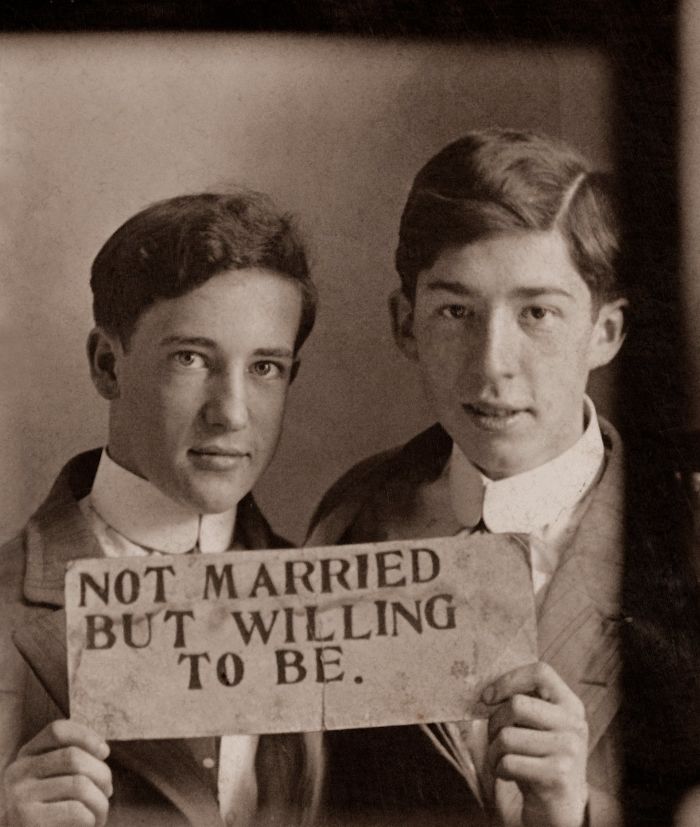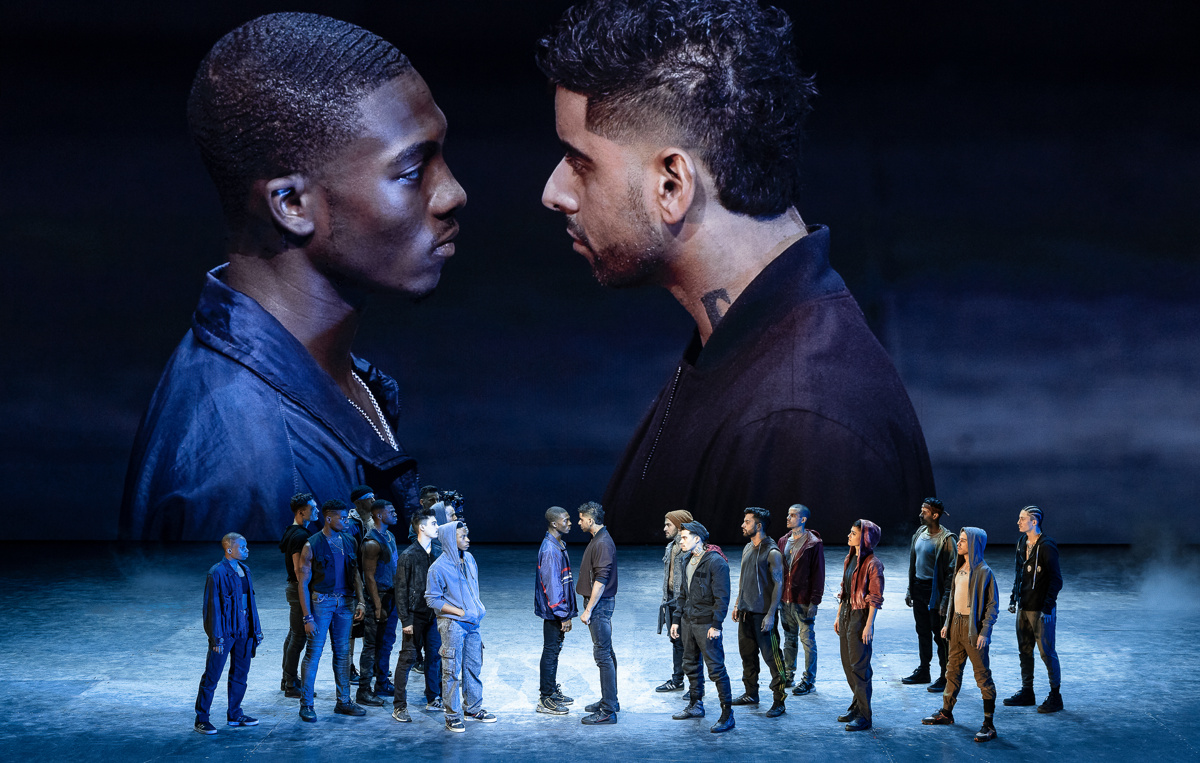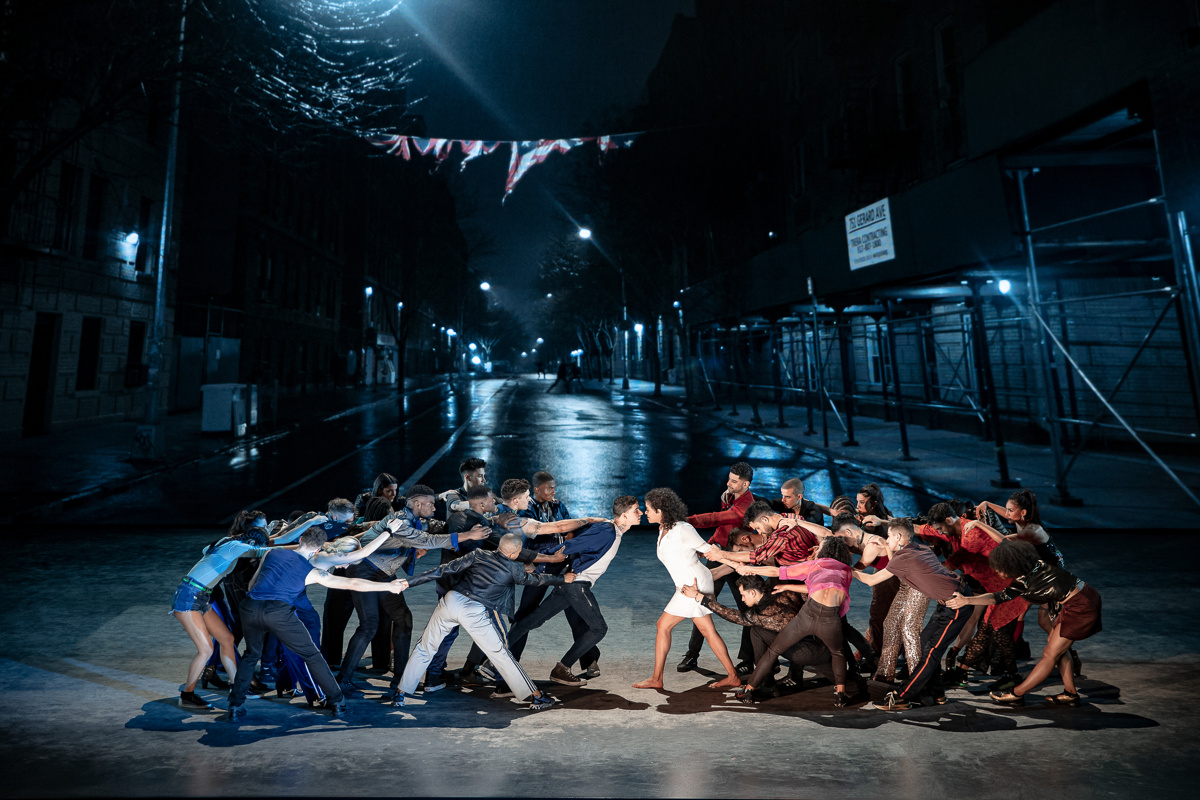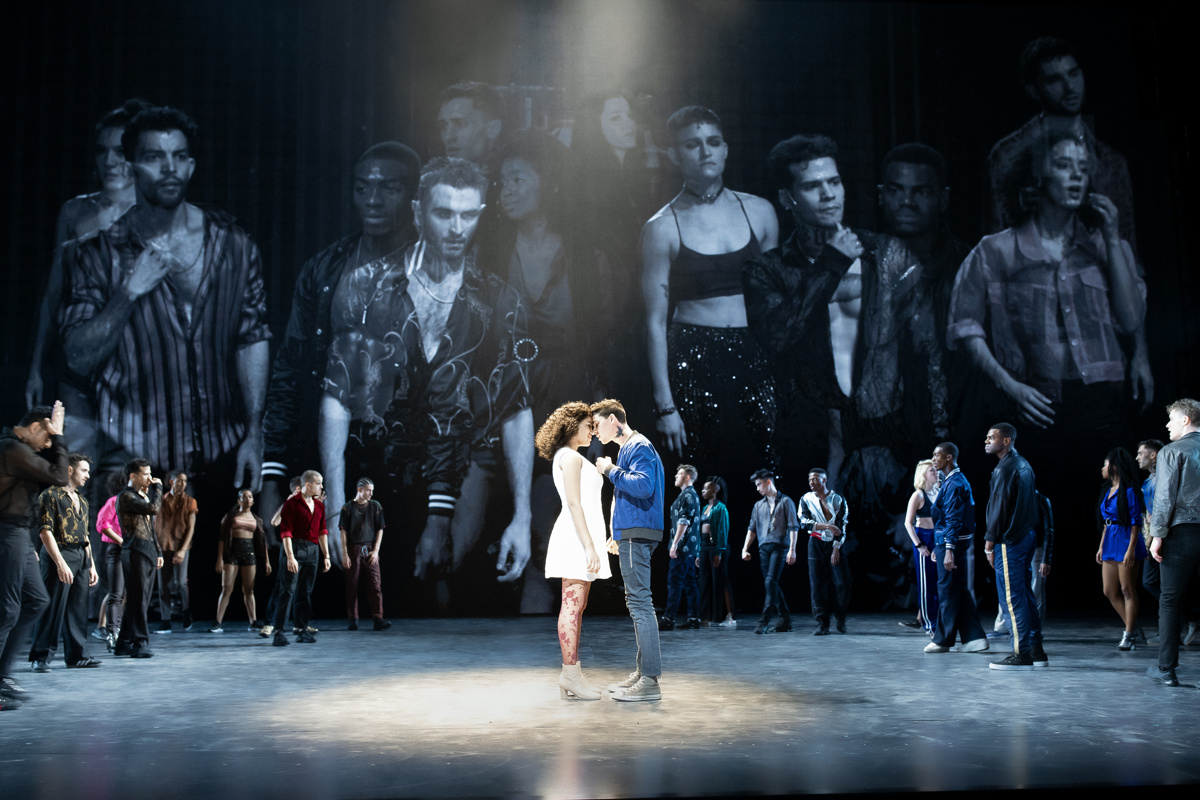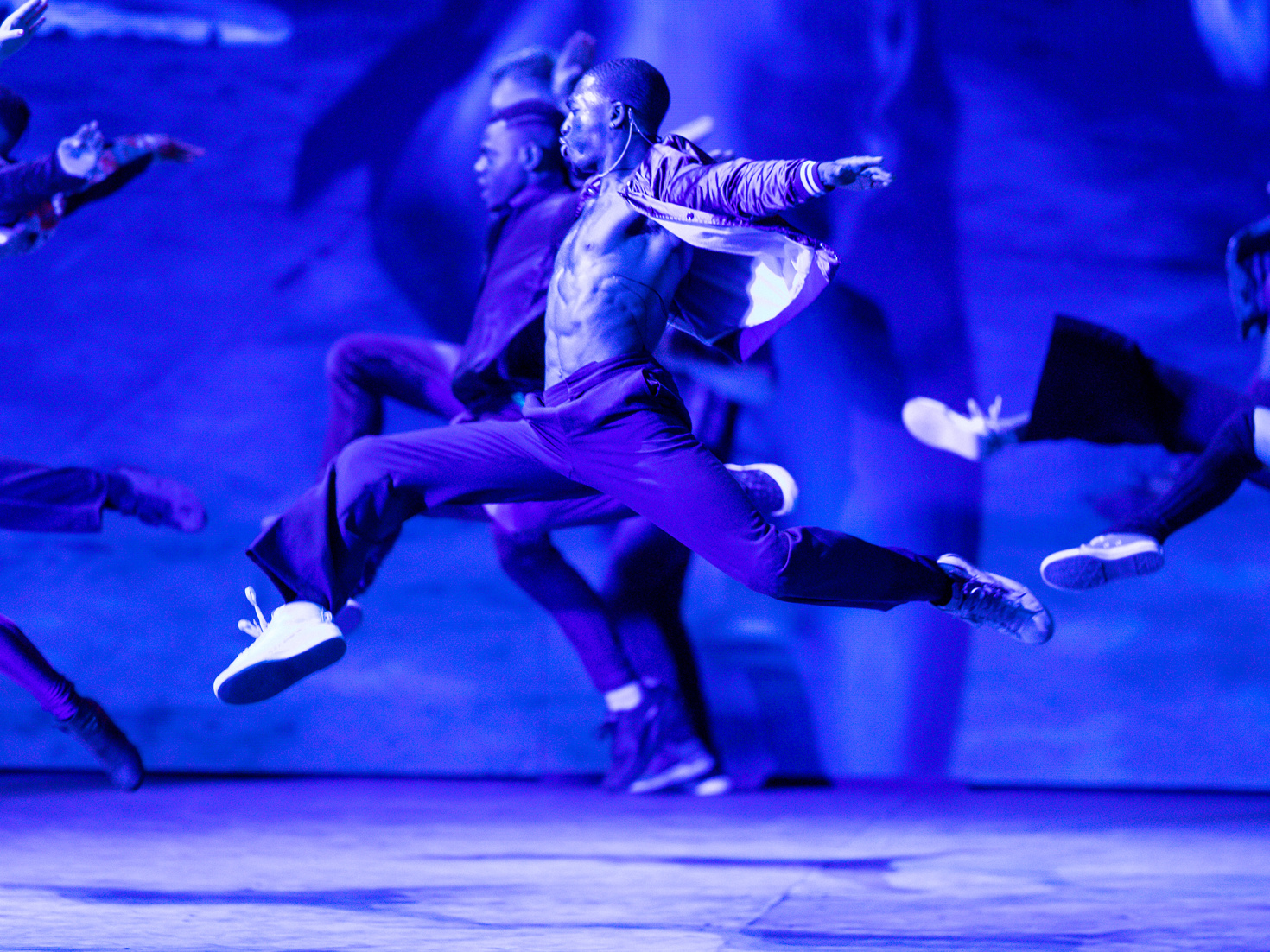
April 19, 2020 11:48pm PT by Scott Feinberg HollywoodReporter.com
‘Sunset Blvd.’ Turns 70: Nancy Olson on Wilder, Holden and Why She Walked Away From Stardom
The 91-year-old, who was Oscar-nominated for her portrayal of a script reader who falls in love with a kept man, looks back on the film that she says “haunts my entire life.”
“I have lived a very long time, as you know, and I have never experienced anything like this,” Nancy Olson, the actress best known for her work in the Hollywood classic Sunset Blvd., says of the novel coronavirus crisis, which has forced us to speak by telephone even though we live just minutes from each other in the Beverly Hills area. “There’s uncertainty every single day!” But pandemic be damned, a movie only turns 70 once, and rarely with any of its stars around to celebrate the occasion, so Olson, who is 91 and Sunset’s last survivor, is kind enough to set aside some time to look back.
“It is something that haunts my entire life,” she says of the 1950 film — one of the most celebrated and imitated examples of film noir — which was co-written and directed by Billy Wilder and also starred William Holden, Gloria Swanson and Erich von Stroheim, all of whom have been dead for decades. “I don’t mean in a bad way. It’s just a presence in my life that will stay with me long after I’m gone.”
The older of two children born to a Milwaukee doctor and a schoolteacher, Olson was an all-American girl — nicknamed “Wholesome Olson” by classmates — who partook in drama, music and speech while in high school. She started at the University of Wisconsin, where as a freshman she landed the lead in a Wisconsin Players’ production, before heading west and transferring to UCLA, where an uncle had recently become a dean. She stayed with her uncle and aunt in the Pacific Palisades while attending school as a theater arts major and harboring dreams of a career on the stage.
Then, one night after Olson — not yet 21 — had performed in a Bruins production of The Play’s the Thing, a Paramount talent scout who had been in the audience asked her to come by the studio for a screen test. Shortly thereafter, she read opposite George Reeves, later TV’s Superman, and was signed to a seven-year contract that permitted her to continue to attend college part-time, placating her parents.
Her first assignment was Canadian Pacific, in which she starred opposite Randolph Scott, “who was old enough to be my father.” She made promotional appearances alongside other starlets, including one Marilyn Monroe of Fox. And she learned to navigate men of the industry who expressed an interest in the stunning brunette newcomer: “If I walked on the set and somebody said, ‘Oh, God, you look great today,’ I loved that,” she admits. But when things went over the line? “I had a technique of dealing with anybody who came too intimately. I just handled it so straight — Wisconsin-straight — and that would put them off.”
One person whose interest in her was not romantic, but was hard to decipher, was Wilder, who would frequently catch up with her when she was on her way to or from the studio commissary to inquire about her life and thoughts. “I surmised years later,” she says, “that what he was doing was auditioning me.” Indeed, unbeknownst to Olson at the time, “He was writing about a young woman who was an aspiring writer, and therefore the actress playing that part could not be just one of the little starlets on the lot; you had to somewhere believe that writing was of interest to her. And so I think it was the way I articulated myself that got me the part.”
She eventually got a call from the studio’s talent office telling her that she would next be appearing in a Wilder picture called Sunset Blvd., and was sent the screenplay. “I read that script and realized that this was not the usual, that this was daring,” she recalls. She was to play Betty Schaefer, a script reader who wants to be a screenwriter and, though engaged to another man, falls in love with a struggling screenwriter by the name of Joe Gillis, who turns out to be the kept man of Norma Desmond, a faded star of Hollywood’s long-ago silent era.
Holden, who played Gillis, was also appropriately cast — like his character, the actor was down on his luck, having never fulfilled the star potential he had demonstrated in 1939’s Golden Boy. “He was now playing male second-leads, he was drinking too much, he was in a bad marriage and he was desperate about his career,” Olson explains. “He was losing it. It was brilliant casting because Joe Gillis is losing his career and his life and his dreams.” As for Swanson? “I had no idea who she was,” Olson confesses. “I asked my mother and she told me.”
Sunset Blvd. was shot almost entirely on the Paramount lot, and Olson visited its set numerous times in the days before she was to shoot her own scenes. Edith Head would sometimes costume her in outfits Head wanted Wilder to approve for the film — only to have Wilder tell Head that he preferred Olson in her own humble wardrobe.
As for the shoot itself? Olson enjoyed every moment of it, from her scenes in the studio’s second-story readers department offices (which are still there) to the one at Norma’s mansion (which was not actually at 10086 Sunset Blvd., as the film suggests, but rather at the corner of Wilshire and Irving, and was demolished in 1957). One, however, stands out to her above the others: “I felt the scene on the backlot” — when Schaefer and Gillis stroll the alleyways together, she tells him she once harbored aspirations of being an actress and had a nose job to try to make it possible and he then kisses her nose before telling her to keep her distance from him, lest he be tempted — “was written so beautifully.”
Hollywood legend has it that Sunset Blvd. was privately screened for an audience of industry insiders prior to its theatrical release, at which point MGM chief Louis B. Mayer and Wilder had an altercation. Olson says she was not present when this happened, but had friends who were and told her what happened: “Louis B. Mayer sat there and watched the film, and when it was over he got up and marched over to Billy Wilder and said, ‘How could you do this to us [the industry that had made Wilder rich and famous]?!’ And Billy got up and said, ‘Go fuck yourself.'”
After Sunset Blvd. was in the can, but before it was released, Olson, working for $300 a week, shot a handful of other films including Mr. Music opposite Bing Crosby (“I was much too young for Bing”) and three more with Holden — Union Station, Force of Arms and Submarine Command — who, she says with a chuckle, had made a romantic pass at her in his trailer during the shooting of Sunset Blvd., but graciously accepted her rejection, after which, she says, “We became really good friends.”
However, before any of these films were released (in 1950 or 1951), Olson made a major decision: to walk away from Hollywood. Several things factored into her thinking: She would no longer be able to continue her education — “I could not go back to UCLA and be with all my friends and have them treat me exactly the way they used to,” she realized. She had become engaged to someone whose career was in New York — the writer Alan Jay Lerner. And, most important, she had already begun to see through the veneer of stardom. As Sunset Blvd. had illustrated, movie stars are disposable commodities — and even when one is in the thick of stardom, it’s just an illusion. “There’s a distortion that isn’t real,” Olson emphasizes. “You are not treated like who you really are. You are exaggerated.” So, she recalls, “I said to Paramount, ‘I’m not interested in being a movie star,’ and they just took me off their list. But then when Sunset Blvd. opened [Aug. 10, 1950, and became a critical and commercial hit], the pressure on me to return was unbelievable.”
Sunset Blvd. was nominated for 11 Academy Awards, second that year only to another film about an aging actress, All About Eve, which landed a record-setting 14 noms (a figure since tied by Titanic and La La Land, but never bested). Sunset’s haul included a nom in all four acting categories, something only four films previously had — and 10 films since have — achieved. Olson flew back to attend the Oscars ceremony, and ended up losing to Harvey’s Josephine Hull — “Not one of us [four performers] got an award,” she marvels — though the film did win for its writing, art/set decoration and musical score. In the best picture race, All About Eve prevailed. “That was a great film,” she acknowledges. “However, Sunset Blvd. is way ahead of it.” (She was back at the Oscars a year later accepting a screenwriting award for Lerner’s work on An American in Paris, while he stayed with his dying father.)
Olson sporadically returned to filmmaking over the ensuing years — most notably in Big Jim McLain (1952) opposite John Wayne; Robert Wise’s So Big (1953); The Boy From Oklahoma (1954), directed by Michael Curtiz; Raoul Walsh’s Battle Cry (1955); and four Disney films, Pollyanna (1960), The Absent-Minded Professor (1961), Son of Flubber (1963) and Snowball Express (1972). But, she emphasizes, “My life has been far more expansive than just making movies.”
The author of a just-completed memoir, A Front Row Seat, she also starred in three plays on Broadway, The Tunnel of Love (1957-1958), Send Me No Flowers (1960-1961) and Mary, Mary (1962-1964). She was twice married to distinguished Alans — first Lerner, from 1950 until their divorce in 1957 (he wrote the song “I’ve Grown Accustomed to Her Face” for the 1956 Broadway production of My Fair Lady after making a similar remark about Olson), and then Alan W. Livingston, a top music industry exec, from 1962 until his death in 2009. And she is the mother of three children — two girls with Lerner and a boy with Livingston — who have since made her a proud grandmother.
Every once in a while, she is reminded of her time in the movies. Still strikingly beautiful, she recently went into the beauty department at Saks and, to her amazement, was recognized immediately. She received a postcard not long ago from a fan who ended his missive by somewhat creepily paraphrasing a line that Gillis said to Schaefer: “P.S.: You still ‘smell like freshly laundered linen handkerchiefs.'” She is occasionally asked to participate in Q&As following screenings of Sunset Blvd., and her presence has helped to pack screenings at the TCM Film Festival and elsewhere. And, back in February, her most celebrated film was even referenced in a questionable remark by President Donald Trump, who, at a rally following the best picture Oscar win of the South Korean film Parasite — which he had not seen — said he preferred films like Gone With the Wind and Sunset Blvd. (Olson, for her part, says, “If he is re-elected, I’m not sure what is going to happen to our democracy and to our country and to the world.”)
Most of the time, though, she quite happily goes about her life as just another face in the crowd — which she told me she would do after our phone call, when she planned to head to Whole Foods. “Don’t worry,” she reassured me when I expressed concern. “I have a mask and gloves.”
Photo courtesy of Photofest
Tags:



